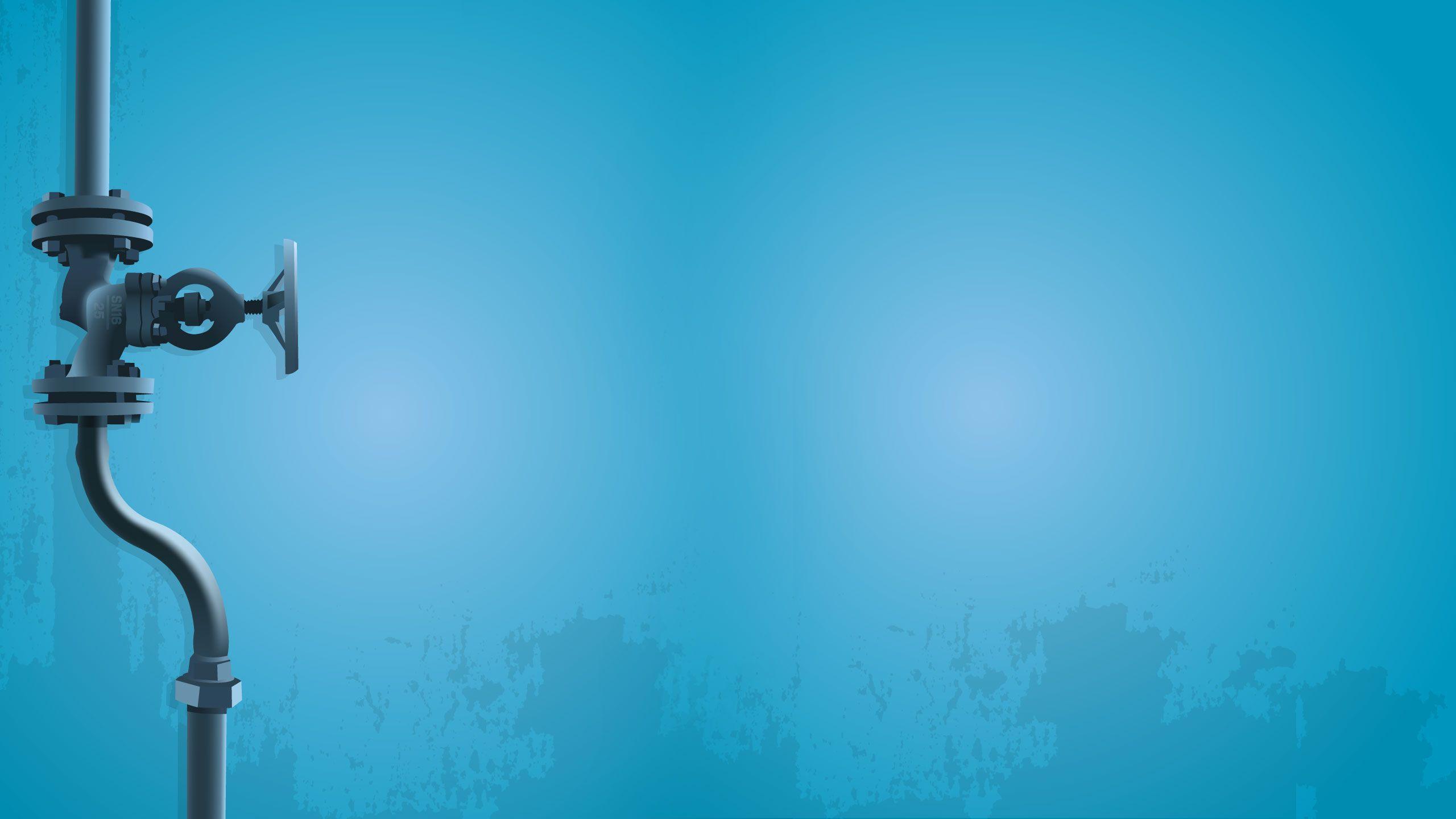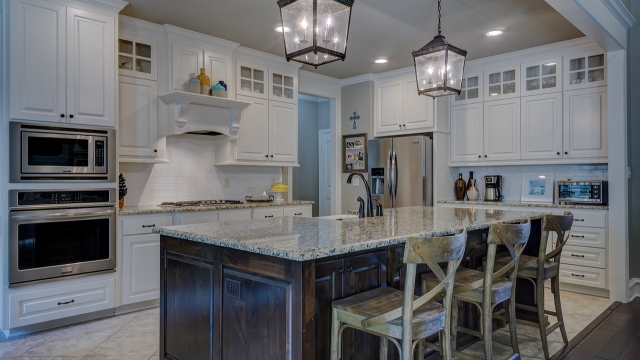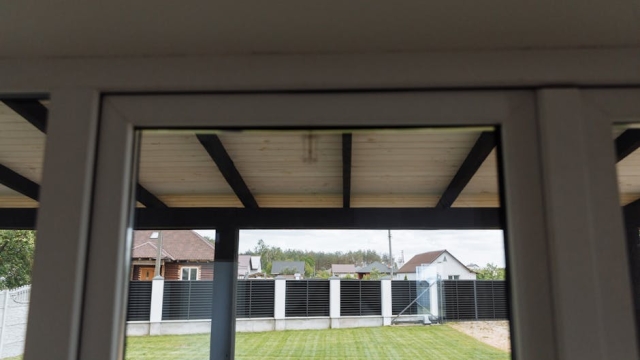
Piping Perfection: Mastering the Art of Plumbing
Are you tired of leaky faucets, clogged drains, and the constant battle with water pressure? Fear not, because in this comprehensive plumbing guide, we will uncover the secrets to mastering the art of plumbing. Whether you’re a seasoned DIY enthusiast or a curious homeowner looking to delve into the world of pipes and fittings, this article is here to equip you with the knowledge and skills needed to tackle any plumbing challenge that may come your way.
Plumbing is not just about fixing leaks and unclogging drains; it is a multifaceted craft that requires precision, attention to detail, and a thorough understanding of the intricate network of pipes that hide beneath our homes and businesses. It’s a delicate dance of water flow, valves, and connections, all working in harmony to bring us the essential resource that is water.
In the following sections, we will explore the fundamentals of plumbing, starting from the ground up. We will unravel the mysteries of pipe materials, explore the various types of fittings, and guide you through the process of planning and executing a plumbing project with finesse. So grab your toolkit, put on that can-do attitude, and let’s embark on a journey of piping perfection. Get ready to become the master of your plumbing domain!
1. Essential Tools for Plumbing
To master the art of plumbing, it is crucial to have the right tools by your side. Whether you are a beginner or an experienced plumber, these essential tools will help you tackle any plumbing job with confidence.
Wrenches: A good set of wrenches is indispensable for any plumber. Adjustable wrenches, pipe wrenches, and basin wrenches are commonly used to tighten and loosen different types of fittings.
Pliers: Pliers come in handy when you need a strong grip or to reach tight spaces. Tongue-and-groove pliers, also known as channel locks, are great for turning and holding pipes, while needle nose pliers are ideal for gripping small items.
Pipe Cutters: When it comes to cutting pipes, a pipe cutter is your go-to tool. With different sizes available, you can easily cut through copper, plastic, or steel pipes with precision and ease.
Tape Measure: Accurate measurements are essential in plumbing projects. A tape measure helps you determine the right length of pipes, the distance between fittings, and ensures a perfect fit.
Plunger: Every homeowner should have a plunger at their disposal. Whether it’s a clogged sink, toilet, or shower drain, a plunger can often clear the blockage without the need for chemicals or additional tools.
Pipe Sealant: To prevent leaks and ensure watertight connections, pipe sealant is a must-have. A plumber’s tape or thread sealant helps create a tight seal between pipe threads, preventing water from escaping.

Remember, having the right tools is only the first step in mastering the art of plumbing. Practice, patience, and continuous learning are key to becoming a skilled plumber. Stay tuned for the next section of our plumbing guide, where we will dive deeper into the world of plumbing techniques and tips.
2. Basic Plumbing Techniques
Plumbing is a vital aspect of any home or building, ensuring that water flows smoothly and efficiently. To help you navigate the world of plumbing, this section will cover some basic techniques that every aspiring plumber should master.
Pipe Cutting and Joining: One of the fundamental skills in plumbing is cutting and joining pipes. To cut pipes accurately, use a pipe cutter or a hacksaw, making sure to create a clean and square cut. When joining pipes, use fittings such as couplings, elbows, and tees to securely connect them together. Make sure to deburr the cut edges and apply a suitable adhesive or solder to create a watertight seal.
Threaded Plumbing Connections: Threaded connections are commonly used in plumbing for fixtures such as faucets and showerheads. To create a proper seal, apply plumber’s tape on the male threads in a clockwise direction. Then, tighten the connection using wrenches or pliers. Take care not to overtighten, as this can lead to leaks or damaged threads.
Soldering Copper Pipes: Copper pipes are widely used due to their durability and corrosion resistance. Soldering is a technique used to join copper pipes together. Start by cleaning the pipe ends and fittings with emery cloth to ensure a clean surface. Apply flux to the cleaned surfaces, then heat the joint using a propane torch. Once the joint is hot, touch the solder wire to the joint until it melts and flows into the joint, creating a strong bond.
By mastering these basic plumbing techniques, you will be well on your way to becoming a skilled plumber. Remember to always prioritize safety and follow local plumbing codes and regulations to ensure your work is of the highest quality. Stay tuned for the next section, where we will delve into more advanced plumbing concepts.
###3. Troubleshooting Common Plumbing Issues
In this section, we will discuss some common plumbing issues that you may encounter at home and offer guidance on how to troubleshoot them.
Leaky Faucets:
One common plumbing issue is a leaky faucet. If you notice a constant dripping from your faucet, it’s important to address it promptly. The most common cause of a leaky faucet is a worn-out washer or O-ring. You can try tightening the faucet handle, but if that doesn’t work, you will need to replace the washer or O-ring. Turn off the water supply, disassemble the faucet, replace the worn-out part, and reassemble the faucet. Once done, turn on the water supply to check if the leak has been resolved.Clogged Drains:
Another common plumbing issue is a clogged drain. Whether it’s in the kitchen sink, bathroom sink, or shower drain, a clog can be quite a nuisance. One simple solution is to try using a plunger. Place the plunger over the drain and create a tight seal. Then, push and pull the plunger in quick motions to dislodge the clog. If the plunger doesn’t work, you can try using a drain snake or a plumbing auger to remove the clog manually. Insert the snake into the drain and rotate it to break up or pull out the obstruction.Running Toilet:
Best Plumbing Service Directory
A running toilet is another common issue that can waste a significant amount of water if not addressed. To diagnose the problem, remove the toilet tank lid and check the flapper valve. If it’s not sealing properly, it may need to be replaced. Another possible cause could be the float arm or the fill valve. Adjusting the position of the float arm or replacing the fill valve may resolve the issue. If none of these solutions work, it’s best to seek the help of a professional plumber.
By learning how to troubleshoot and resolve these common plumbing issues, you can save both time and money. Remember, if you are unsure or uncomfortable performing any plumbing repairs yourself, it’s always advisable to seek professional assistance to avoid any further complications or damage.



